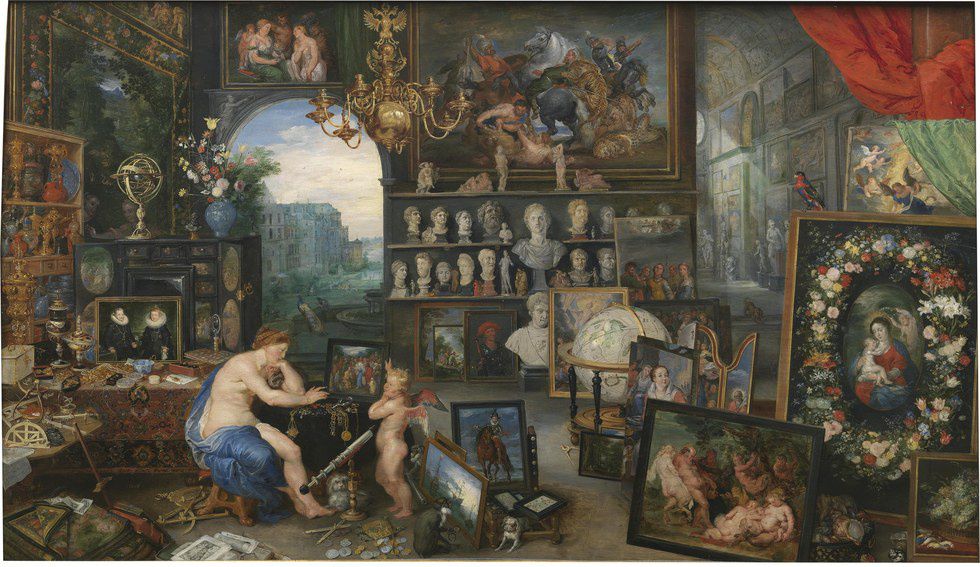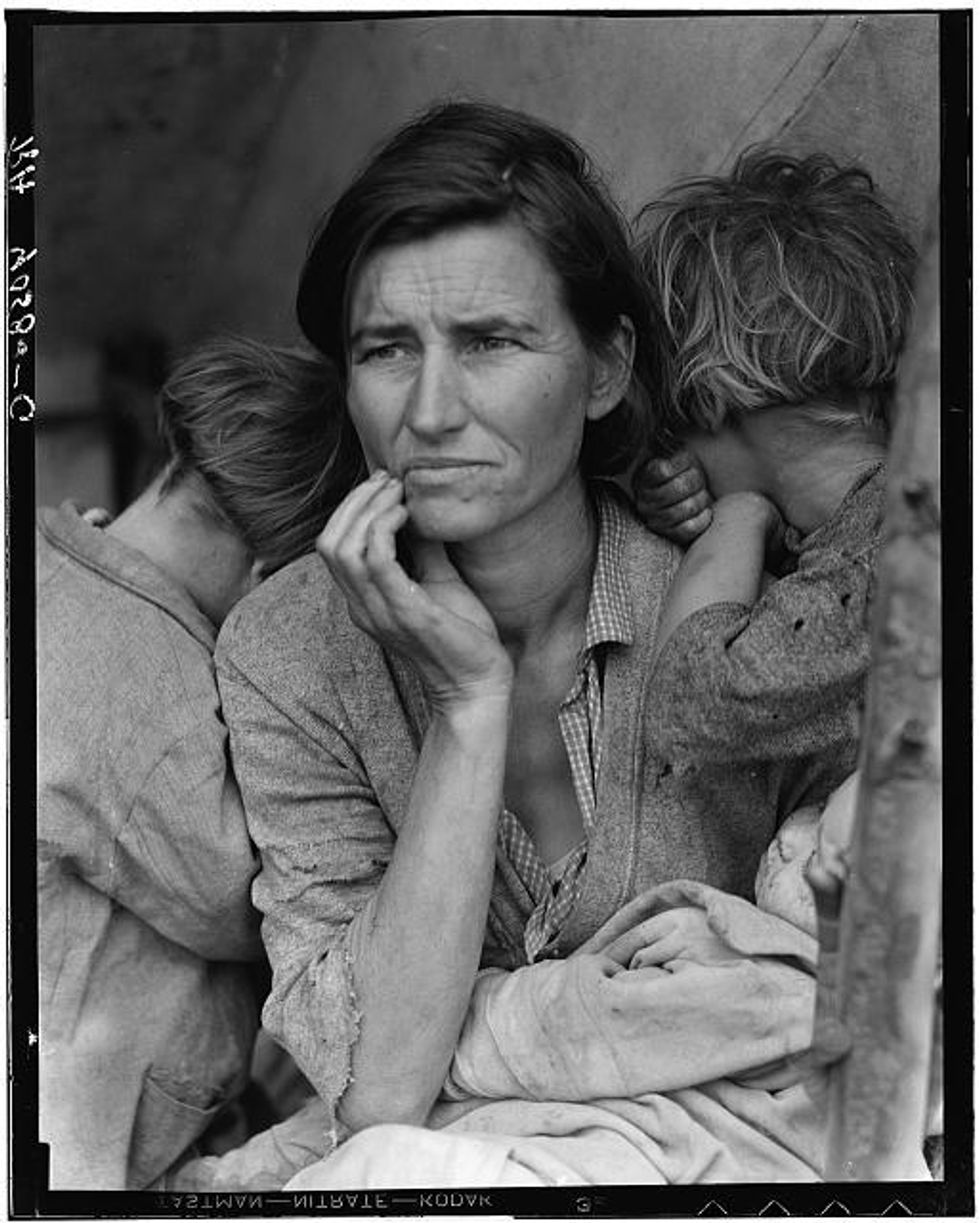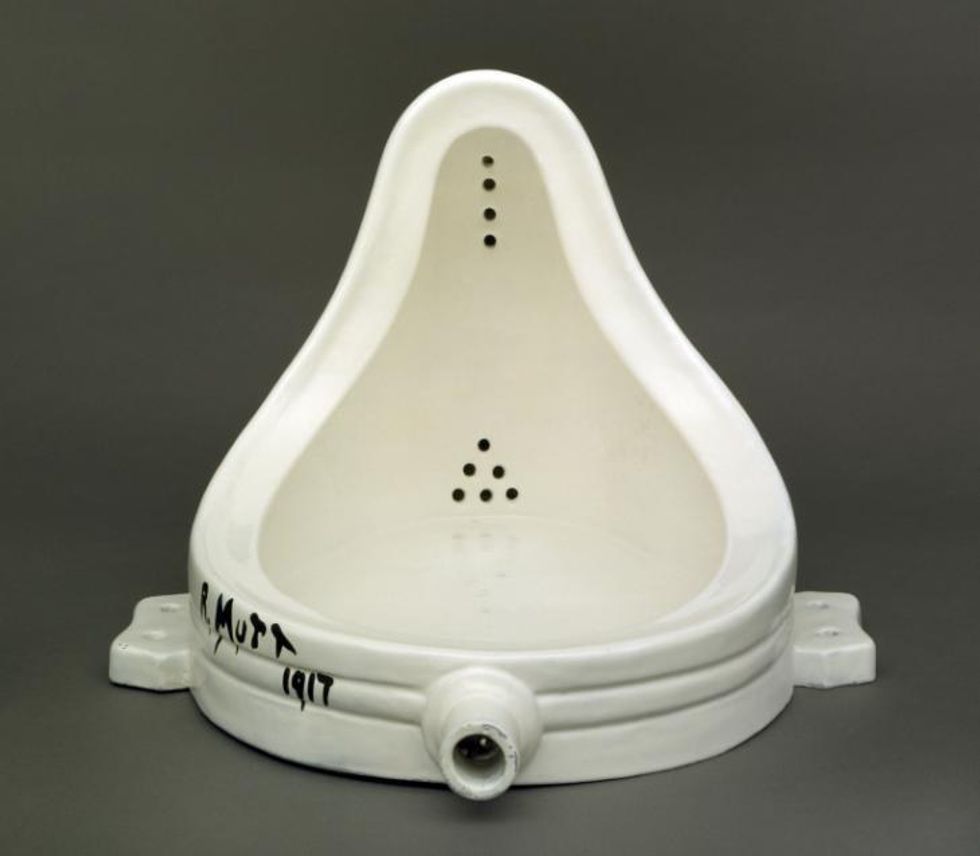Have you ever looked at a work of art and instantly been transported to a memory, moment or fantasy? This is not a coincidence, there is something special about how viewers learn and perceive art that they cannot gather from other mediums.
Works of art can provide us with insurmountable evidence of the past and present, and can also provide insight as to what the future may hold.
For centuries, art has been an open passage into the emotional and analytical lives of the artists that create them. Unlike factual knowledge, the viewer is invited into the inner turmoil of the soul surrounded by all of the major events of the world. Specific examples such as Iconoclasm during the sixteenth century, requiring artists to produce secular art while maintaining a level of “hidden symbolism” to satisfy the masses, so they may continue to view art as a way to praise their God. The Virgin Mary and Christ were no longer allowed so a wide array of flowers took their place and yet still held the peoples high devotion as seen in Peter Paul Rubens and Jan Brueghel "The Elder", The Allegory of Sight, 1617.
Another example that expresses the openness of emotion would be, “Migrant Mother” created by Dorothea Lange, 1936. The portrait clearly depicts a woman in a worrisome state. The mother is seen with a furrowed brow, distanced glance and her arms crossed beneath her as her children drape themselves over her. The pain in her eyes comes across clearly through this image and places the viewer within her concerns for her family and into the mind of a migrant mother.
You can only glean so much of this raw emotion and historical experience from text. You can however, vicariously live in their truth through art. Being able to look into the face of those suffering personally brings a much deeper understanding.
With all that being said, one of the most personal advantages of knowledge through art is the fact that a good portion of art is open to interpretation as well as finding self-realizations through each piece. Through movies, viewers can be influenced by the actors or by their cunning acting skills portraying a “villain” or “victim”; through music, the listener can be swayed by the staccatos and legatos as they dance about the page. Art in its most simple form however, allows the viewer to create their own narrative and speculate the situations surrounding that piece.
The most important and fascinating aspect of knowledge through art is the fact that art can surpass any language barrier, intellectual level, socioeconomic or even religious background. It doesn’t matter who the viewer is, or where they are from, something can always be taken from a work of art.
What do YOU take from Duchamp's Fountain 1917, replica 1964?
Next time you write a paper, try finding a work of art that relates to the tone or background of your work to offer your readers a different medium and perspective to consider. Art can create a visual and tangible resource to your evidence rather than just text to add credibility. As mentioned above, it is a subjective look that anyone can connect to.
To find a museum in your area:
Or Online:
























